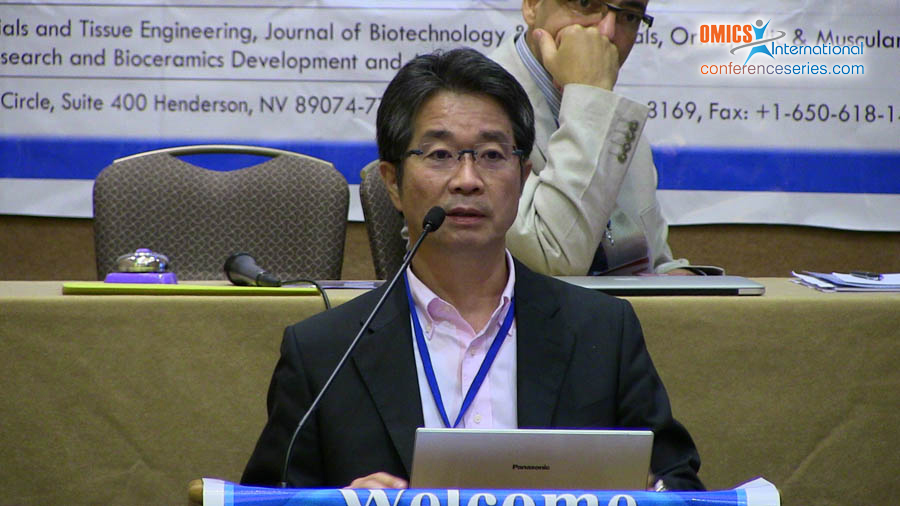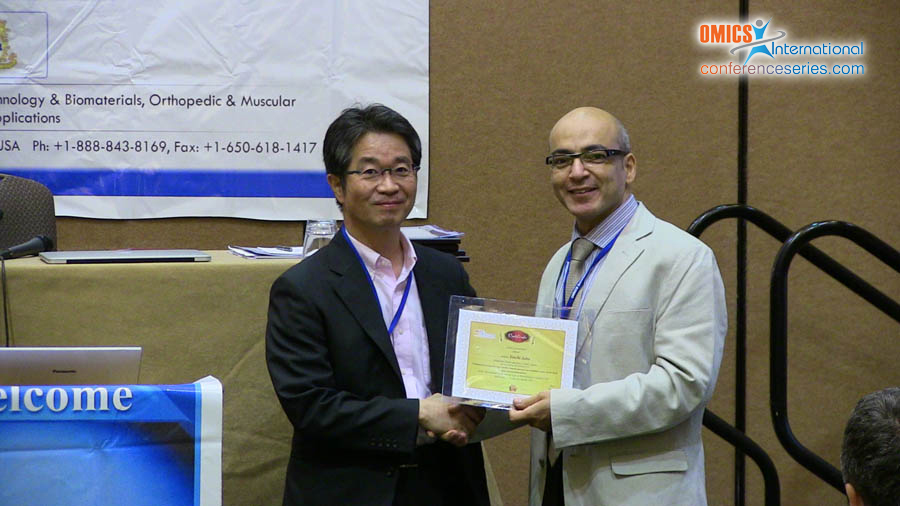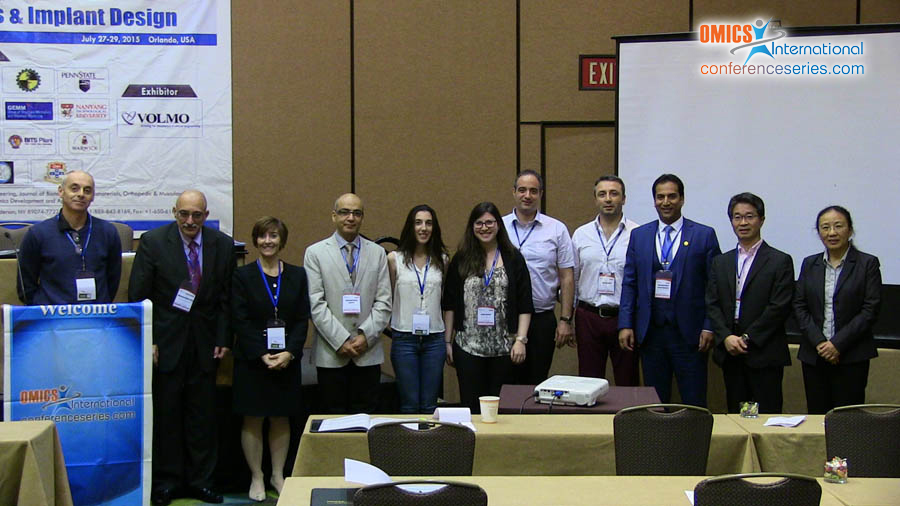Yoichi Aota
Yokohama Brain and Spine Center, Japan
Title: Workshop: Entrapment of superior and middle cluneal nerves as an unknown cause of low back pain and pseudosciatica
Biography
Biography: Yoichi Aota
Abstract
Low back pain (LBP) is one of the most common problems that most people suffer at some point in their life. There are many sources of LBP. In most LBP patients, the exact cause of LBP is not clear. Thus, one of the most difficult task with LBP is to identify the actual pain generator. Large epidemiological studies show that 20% to 37% of patients with back pain suffer from a neuropathic pain component. superior and middle cluneal nerves (SCN / MCN) entrapment must not be forgotten as cause of neuropathic LBP. Although many chiropractists, physiotherapists, and archipuncture seem to know this etiology, so far unfortunately, it is not widely recognized in orthopaedic or neurosurgeons. SCN and MCN supply the skin overlying the posteromedial area of the buttock. Previous studies illustrated that the SCN is derived from the cutaneous branches of the dorsal rami of T11-L5. In spite of more than 50 years of surgical experiences in clunealgia, information of clunealgia is limited. Entrapment of SCN/ MCN induces low back pain and leg symptoms. SCN entrapment occurs where SCNs pierce fascial attachment at posterior iliac crest. Although this clinical entity had been known as a rare cause of unilateral low back and/or buttock pain, recently, clunealgia has become known as an under-diagnosed cause for chronic LBP or leg pain. In a recent prospective study, Kuniya et al. reported that patients with SCN disorders comprised 12% of all patients presenting with a chief complaint of LBP and/or leg symptoms in their clinic and approximately 50% of SCN disorder patients had leg pain and/or tingling. The MCNs can become spontaneously entrapped where this nerve pass under the long posterior sacroiliac ligament. Clunealgia is underdiagnosed and should be considered as a potential cause of severe low-back and/or leg symptoms. The symptoms of clunealgia can be very severe and mimicked a radiculopathy and disc disorders in lumbosacral spine. Clinicians should be aware of this clinical entity and avoid unnecessary spinal surgeries and sacroiliac fusion. Techniques in SCN surgeries may differ from those in other common peripheral nerve surgeries because branches of SCN/MCN are thin and requires release in multiple branches. This workshop is to draw attention by pain clinicians in SCN/ MCN entrapment by comprehensively reviewing its historical perspective, anatomical background, clinical symptoms with respect of differential diagnosis and surgical tips.



